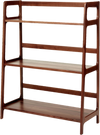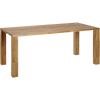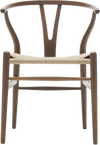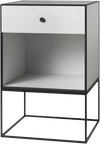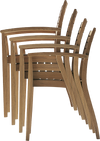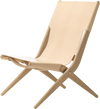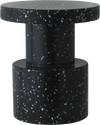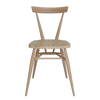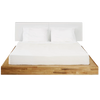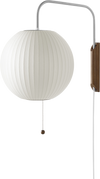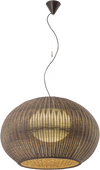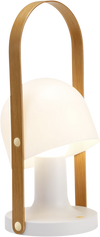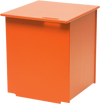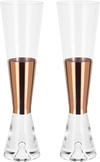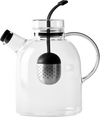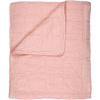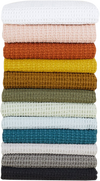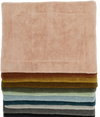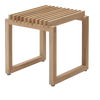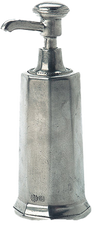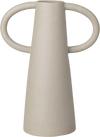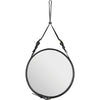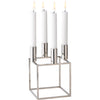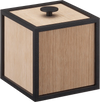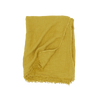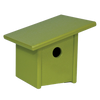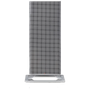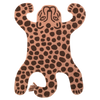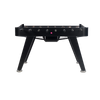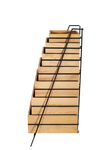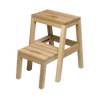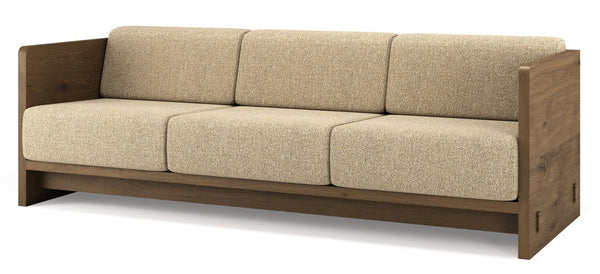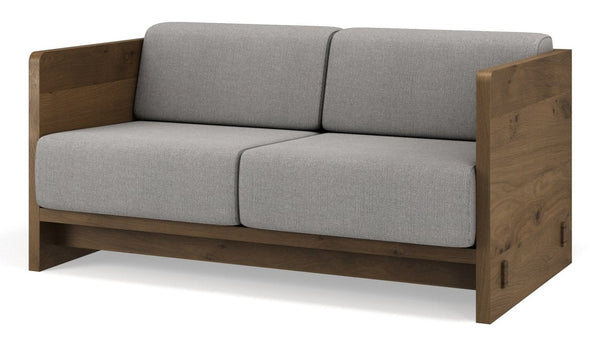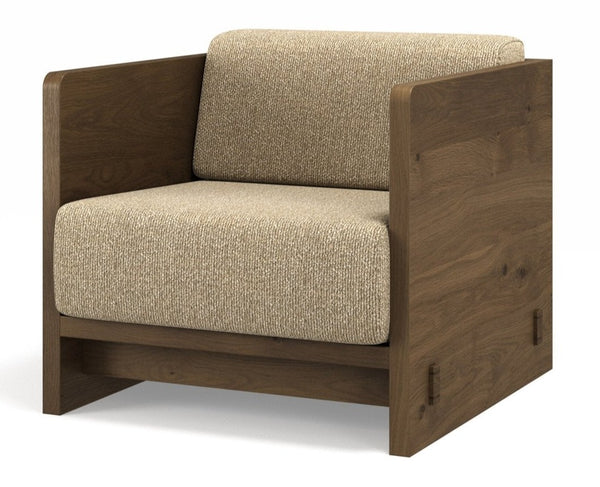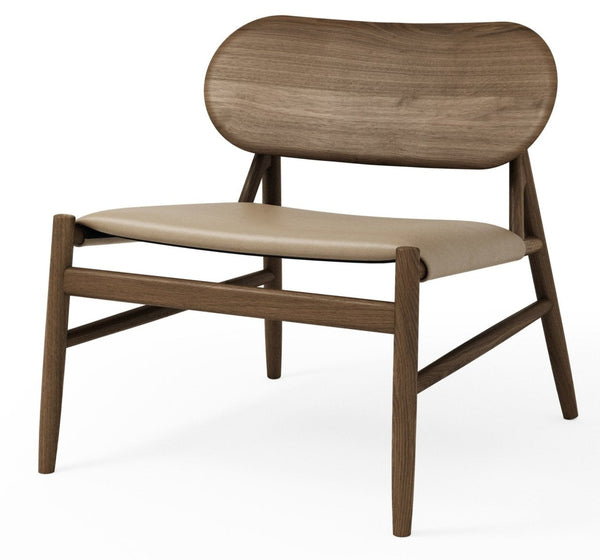15% Off First Order - Sign Up Today


Decor
Art
+
Objects
Organizational
Decor
Throw Blankets + Pillows
Office Accessories
Outdoor Accessories
Fireplace Accessories
Fans + Heaters
Humidifiers + Diffusers
Rugs
Games + Recreation
Storage + Organization
Ladders + Step Stools
Wallpaper
In
Stock
Accessories
View All












-
In Stock Art + Objects
![]()
-
In Stock Throw Blankets + Pillows
![]()
-
In Stock Office Accessories
![]()
-
In Stock Outdoor Accessories
![]()
-
In Stock Fireplace Accessories
![]()
-
In Stock Fans + Heaters
![]()
-
In Stock Humidifiers + Diffusers
![]()
-
In Stock Rugs
![]()
-
In Stock Games + Recreation
![]()
-
In Stock Storage + Organization
![]()
-
In Stock Ladders + Step Stools
![]()
-
In Stock Wallpaper
![]()
- View All

In Stock
In
Stock
Furniture
In
Stock
Lighting
In
Stock
Outdoor
In
Stock
Kitchen
+
Dining
In
Stock
Bed
+
Bath
In
Stock
Accessories
View All

-
In Stock Art + Objects
![]()
-
In Stock Throw Blankets + Pillows
![]()
-
In Stock Office Accessories
![]()
-
In Stock Outdoor Accessories
![]()
-
In Stock Fireplace Accessories
![]()
-
In Stock Fans + Heaters
![]()
-
In Stock Humidifiers + Diffusers
![]()
-
In Stock Rugs
![]()
-
In Stock Games + Recreation
![]()
-
In Stock Storage + Organization
![]()
-
In Stock Ladders + Step Stools
![]()
-
In Stock Wallpaper
![]()
- View All



















